The clocks across most of Europe will be turned back by an hour on Sunday at 1 a.m. GMT, as Daylight Saving Time ends. But not every country changes its clocks, and some of the largest nations - like China, Brazil, and Russia - used to use Daylight Saving Time, but no longer do.
The U.S. does things a bit differently… their clocks change on November 7.
So how does it work, and why isn't it universal?
Clocks are turned back by an hour in the autumn, when days are shorter, and turned forward by an hour in spring, when the sun stays in the sky for longer. In Europe that's the last Sunday of March to the last Sunday of October.
The point is to make the best use of natural daylight hours, by adjusting when people wake up and go to bed to fit better with the sunlight hours.
But it's not without controversy. Some argue that changing waking hours in such a way can affect both human and animal "biorhythms" and can cause health problems.
That's one reason why the European Parliament voted for a proposal to stop moving clocks forward each March to Daylight Saving Time in 2019. The European Commission is yet to move the proposal forward, and negotiate with member states on whether or not to scrap the extra time "zone" or not.
But one hurdle, along with the pandemic which put the plans on the backburner, is a concern that scrapping the Daylight Saving Time directive will create a patchwork of time zones across the bloc. That's because every country will be asked to chose to decide whether they continue to change each year to Daylight Saving Time or stay forever on "standard time." If there is not uniformity across the borders in the single market it could make life very complicated.
History of Daylight Saving Time
The first nationwide use of Daylight Saving Time was by Germany in 1916, during World War I.
Within weeks other nations involved in the war, including the UK, France, Italy and Russia, joined Germany in its new timekeeping method.
But Germany stopped changing its clocks in 1919, and Austria followed in 1921. However, the UK kept it up, and still does.
But in other nations it wasn't always as simple as yes or no. Paris, France's capital city, kept its Daylight Saving Time despite the country as a whole sticking to one time zone the year round - which surely caused problems with trains and trade.
World War II also had a big effect on the European daylight saving efforts.
Germany resumed Daylight Saving Time in 1940 and spread it to the countries they occupied, including Denmark, Poland, and the Netherlands. Occupied France took longer, around a year, before it officially took up Berlin-based Daylight Saving Time in 1941. But many resisted the change, and stuck to old French time.
Once Nazi occupation ended, many countries in Europe went back to their original timings.
Scroll through this photo gallery using the arrows on the left and right
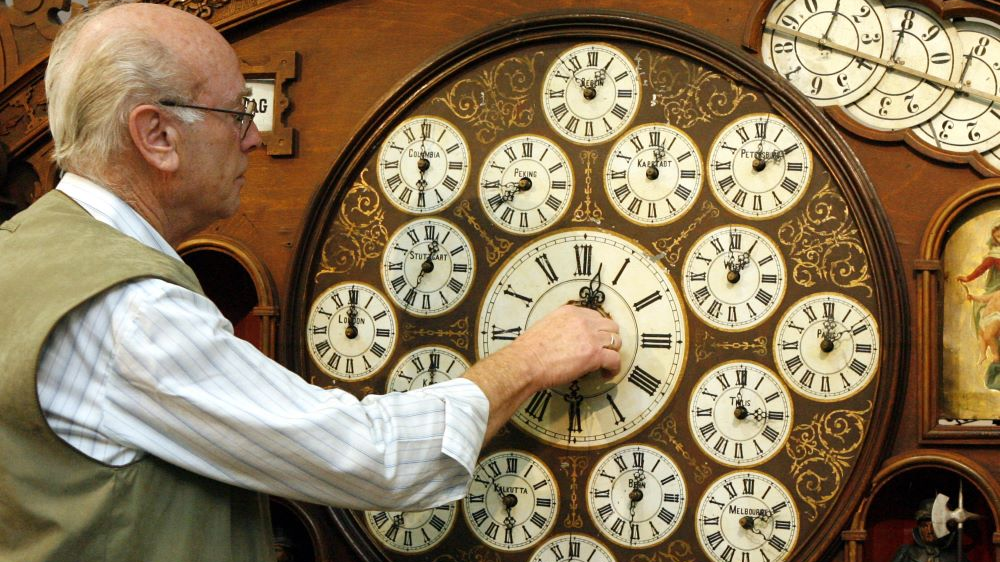
An 18th century clock is adjusted at the Furtwangen clock museum in Germany. /Winfried Rothermel/AP
An 18th century clock is adjusted at the Furtwangen clock museum in Germany. /Winfried Rothermel/AP
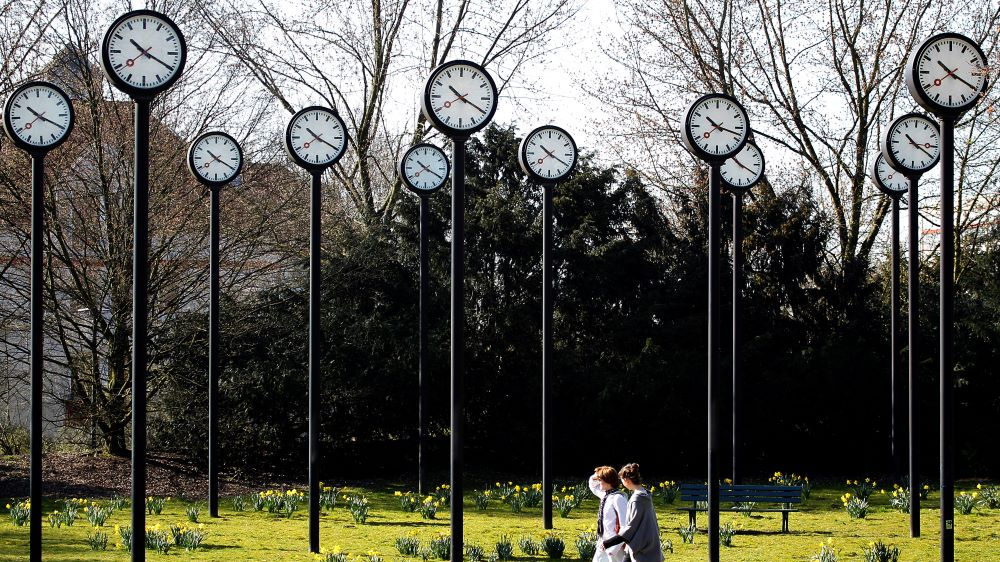
It will be quite a job to change all these clocks in a Dusseldorf park. /Frank Augstein/AP
It will be quite a job to change all these clocks in a Dusseldorf park. /Frank Augstein/AP
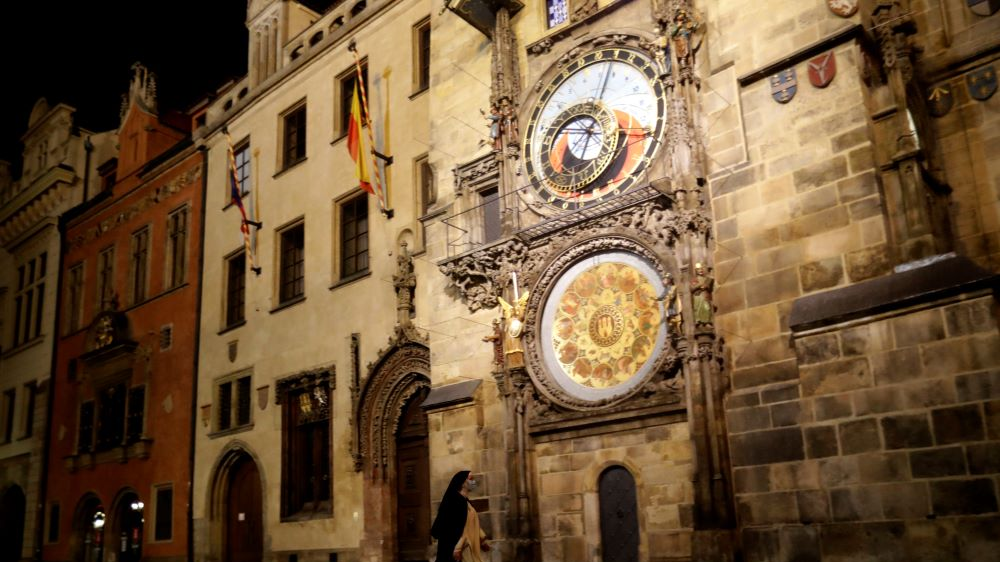
The astronomical clock face in Prague./Petr David Josek. /AP
The astronomical clock face in Prague./Petr David Josek. /AP
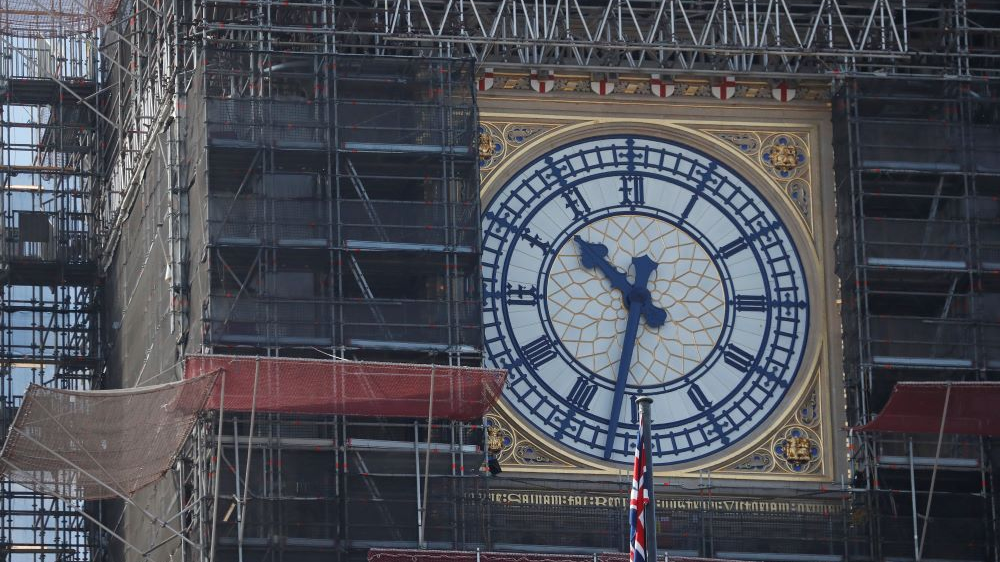
'Big Ben' - although that's actually the bell, not the clock on the Elizabeth Tower of London's parliament. /Frank Augstein/AP
'Big Ben' - although that's actually the bell, not the clock on the Elizabeth Tower of London's parliament. /Frank Augstein/AP
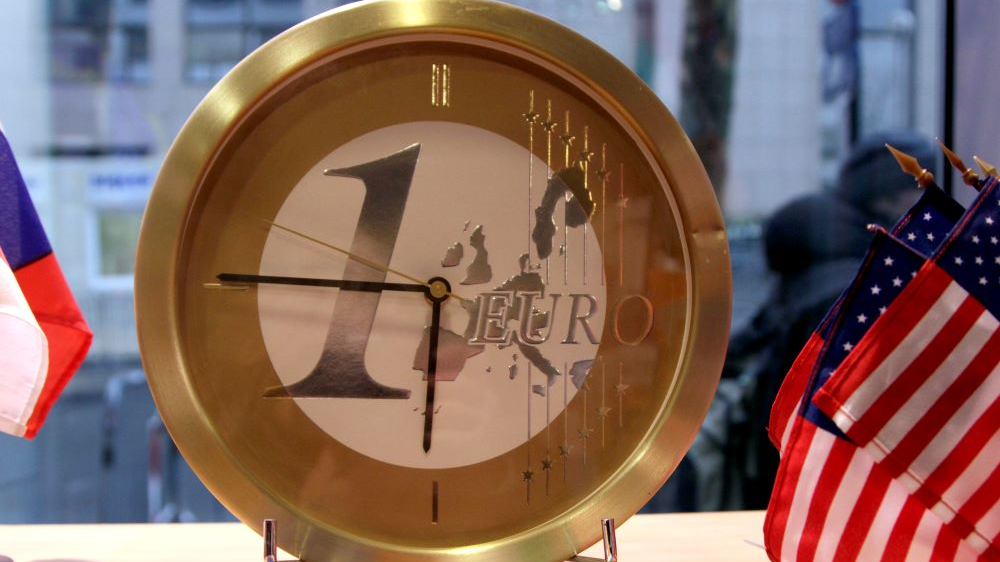
A change in EU law could mean the end of European Daylight Saving Time. /Virginia Mayo/AP
A change in EU law could mean the end of European Daylight Saving Time. /Virginia Mayo/AP
Crisis leads to change
But it was another global event in the 1970s that led to the reintroduction of Daylight Saving Time across mainland Europe (UK and Ireland did not stop changing clocks in the meantime).
The trigger was the 1973 oil crisis, in which oil prices rose by 300 percent in just one year.
And that led to shortages across Europe and around the world.
Perhaps it wasn't the obvious choice, but the one taken in many European nations was to return to Daylight Saving Time in an effort to cut the hours when energy was needed for light or heating.
It took another 20 years to formalize the timing changes across the continent, but in 1996 the European Union passed a directive that members start Daylight Saving Time on the last Sunday of March and turn their clocks back to standard time on the last Sunday of October.

